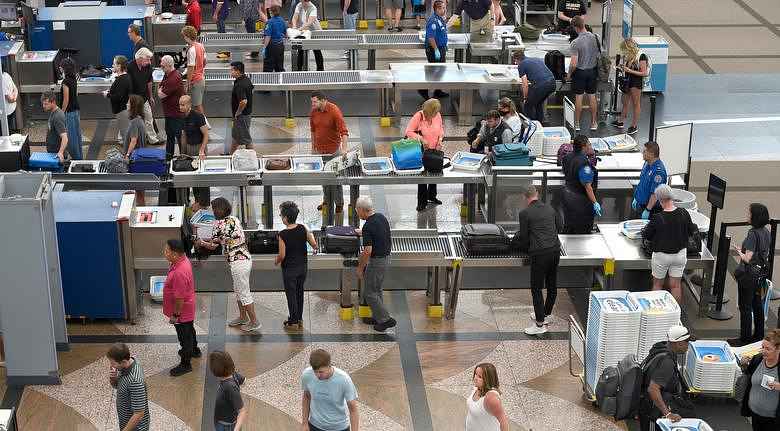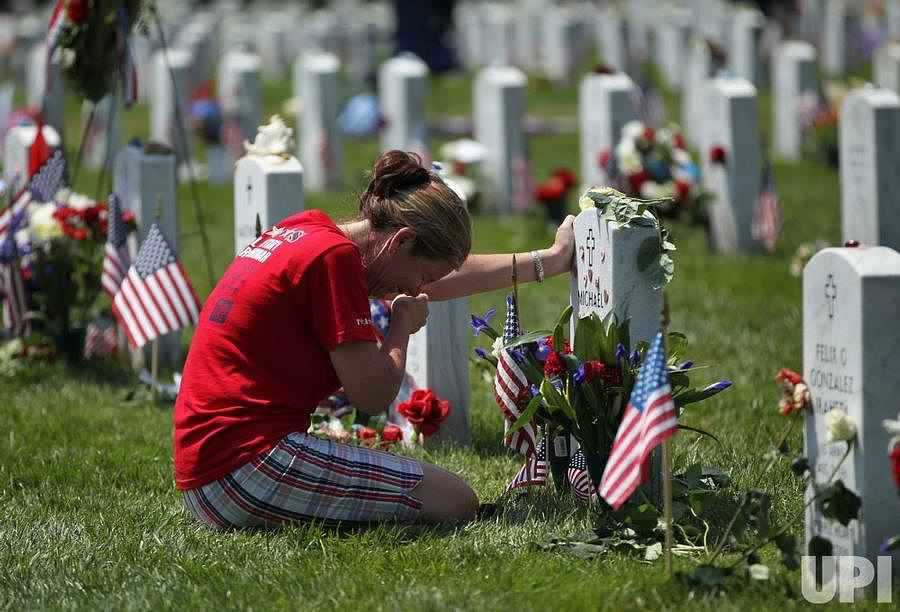





See listing of Recent and Most Popular articles on the Home Page
Finance and Legal
Category: Holidays / Topics: Armed Forces • Family • Financial • Government • Holidays • Loss & Grieving • Memorial Day • Social Services • Veterans
Veterans and Those They Left Behind
Posted: May 27, 2021
How we take care of families of those who died while serviing in US Armed Forces…
The following report was written by Tracy A. Loveless
You may also be interested in another release on Memorial Day history and statistics, including an infographic showing numbers who died compared to those who served in major wars starting with the Civil War.
This Memorial Day as we honor the men and women who died while serving in the U.S. armed forces, we also remember the families they left behind and look at how the government supports them.
Family members such as a surviving spouse, surviving parent, or dependent child are eligible for some of the benefits the government provides survivors in honor of service members’ sacrifices.
Of the individual nonveterans who received survivor benefits, roughly 80% were women and three-quarters were widowed. Their mean age: 71.
According to the Census Bureau’s Survey of Income and Program Participation (SIPP), about 20 million or 15.4% of the nation’s households had at least one veteran present in 2017. About 5.9 million of these homes received some type of government assistance — such as education, health insurance and survivor pensions — related to military service.
But some 600,000 households without a veteran present also received military compensation in 2017. While some are non-veteran members of the National Guard, the majority (76%) are “survivor” households, those with the surviving spouse, children or parents of someone who died during active service.
Who Are the Survivors?
Of the individual nonveterans who received survivor benefits, roughly 80% were women and three-quarters were widowed. Their mean age: 71.
These stats suggest that the majority of benefit recipients were surviving spouses, though parents and dependent children are also eligible.
There are numerous programs available to service members and the families of those who died.
Among them:
- Home loans. The U.S. Department of Veterans Affairs loan programs are available to veterans, current members of the armed forces and military families/survivors, make buying a home much easier. There’s no down payment, lower interest rates and you can borrow as much as 100% of a home’s value. About 7% of survivors have a VA loan, according to the SIPP.
- Health care. Comprehensive health care benefits are available to veterans and survivors through either CHAMPVA or TRICARE, depending on their circumstances. In 2017, half of survivors were covered under military health care.
- Pension. A VA Survivors pension offers monthly payments to surviving spouses and unmarried dependent children through the VA Dependency and Compensation (DIC) program. The monthly amount varies depending on what year the military member died, if they had a disability and the number of children. About half of survivors received a pension from from DIC in 2017.
- Education. The U.S. Department of Veterans Affairs reports that in fiscal year 2019, over 900,000 veterans and/or family members received education benefits totaling almost $12 billion. The largest education program was the Post-9/11 GI Bill that provided benefits to 714,000 veterans or family members, at a cost of almost $11 billion. While the SIPP does not provide information on survivors’ use of VA education benefits, we do know that half of the survivors counted in the 2017 SIPP attended college.
Nothing can replace the men and women who died in service to their country. But there are many government programs available to help their families. More information on eligibility is available in the VA Benefits For Spouses, Survivors, And Dependents report.
The SIPP is the nation’s premier source of information for income and program participation. It collects data and measures change in Americans’ economic well-being, family dynamics, education, assets, health insurance, child care, and food security. Information on the methodology and reliability of these estimates can be found in the source and accuracy statements for each data release.
Tracy A. Loveless is a survey statistician in the Census Bureau’s Program Participation and Income Transfers Branch.
Search all articles by U.S. Census Bureau staff
Posted: May 27, 2021 Accessed 473 times
![]() Go to the list of most recent Finance and Legal Articles
Go to the list of most recent Finance and Legal Articles
![]() Search Finance and Legal (You can expand the search to the entire site)
Search Finance and Legal (You can expand the search to the entire site)
![]() Go to the list of Most Recent and Most Popular Articles across the site (Home Page)
Go to the list of Most Recent and Most Popular Articles across the site (Home Page)
 Loading requested view...
Loading requested view...